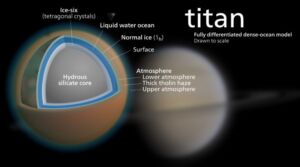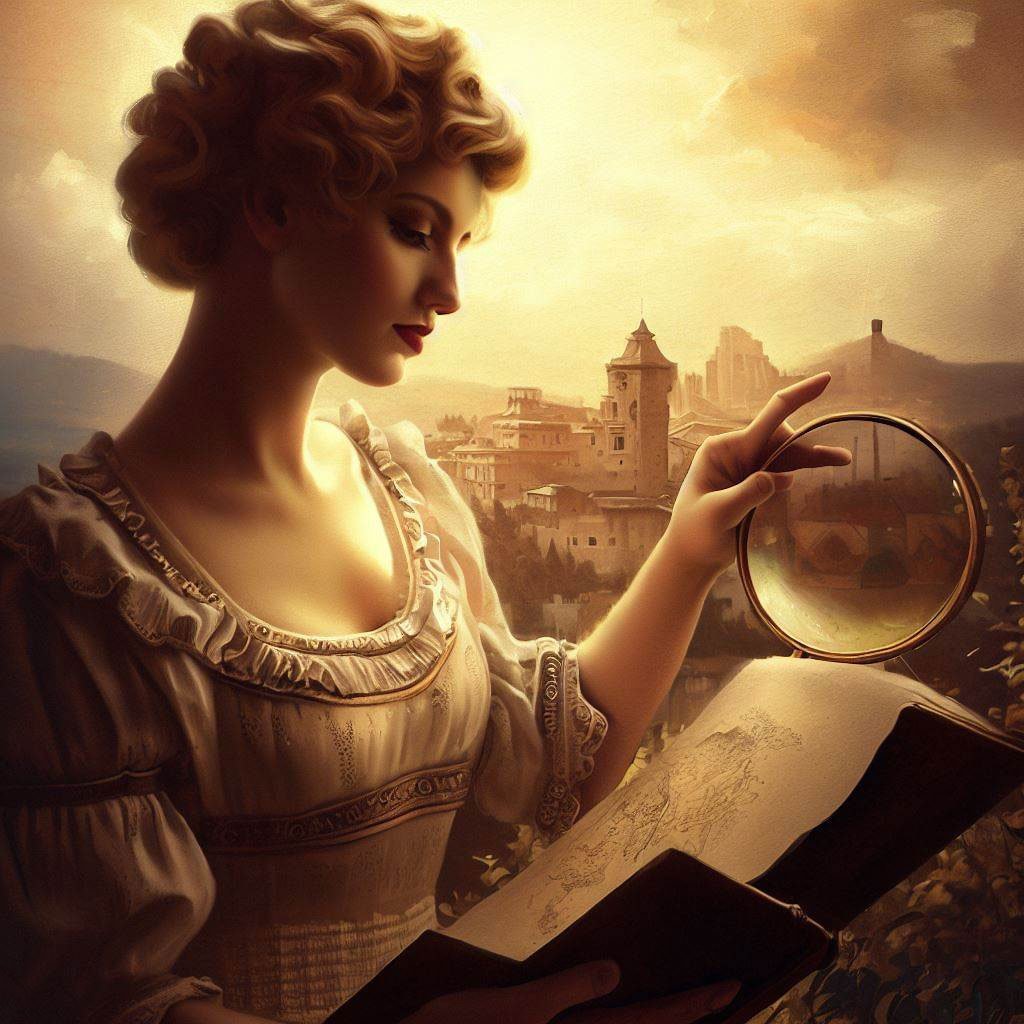
Discovering the Renaissance: A Time of Rebirth
The Renaissance, which spanned from the 14th to the 17th century, was a remarkable period of cultural and artistic transformation in Europe. It emerged as a response to the stagnation of the Middle Ages, bringing forth a new wave of creativity, innovation, and humanism. This golden era of art witnessed the revival of classical art forms and philosophies, celebrating the beauty of human expression and the wonders of the world.
The Birth of Humanism in Art
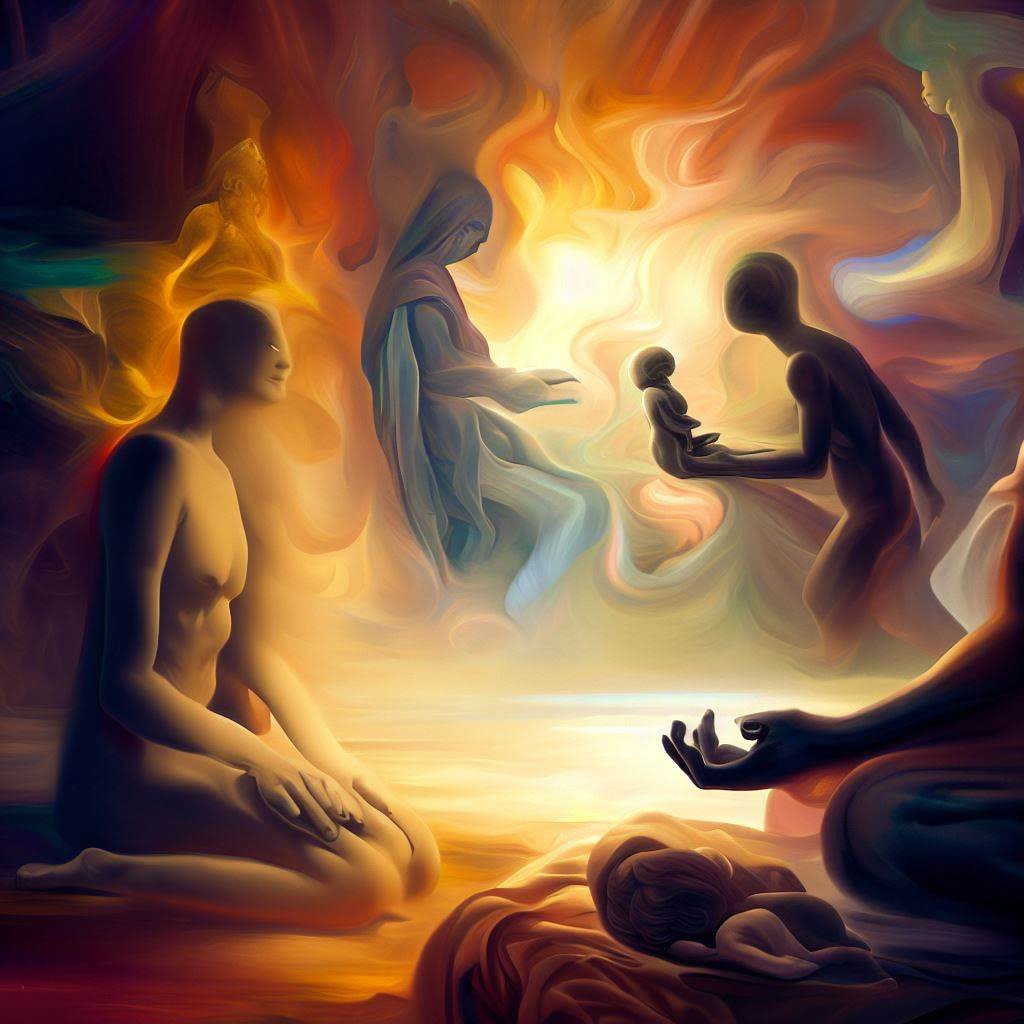
One of the central tenets of the Renaissance was humanism, emphasizing the potential and significance of human beings. Artists of the time shifted their focus from religious subjects to human-centered themes. They sought inspiration from the human body, emotions, and intellect. Great masters like Leonardo da Vinci, Michelangelo, and Raphael portrayed human anatomy and emotions with extraordinary finesse, exploring the depth of human character through their masterpieces.
Reviving Classicism – The Rebirth of Ancient Wisdom
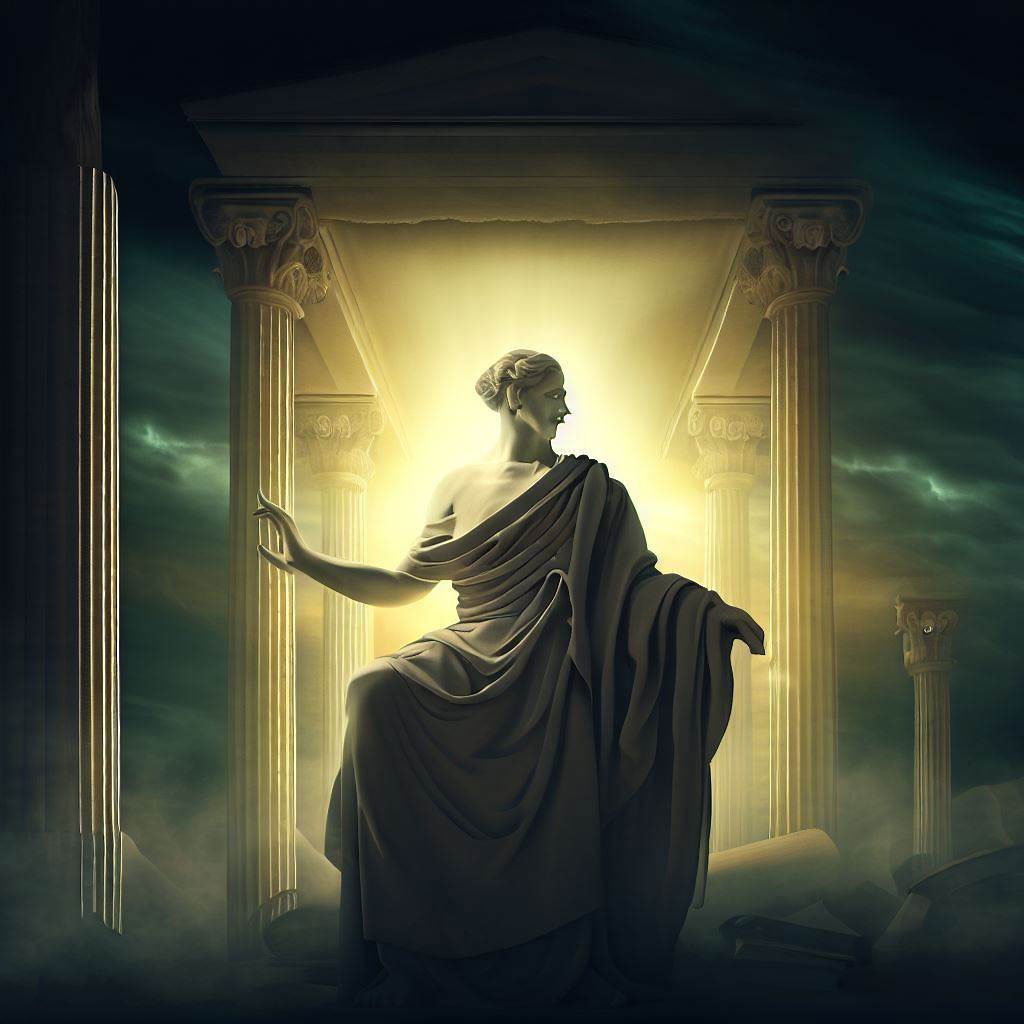
The Renaissance artists also embraced the wisdom of classical antiquity. They studied ancient texts, architecture, and sculptures, infusing their works with the elegance and grandeur of Greek and Roman art. This classical revival laid the foundation for the development of new artistic techniques and styles that would shape the course of art history.
Artistic Innovation and Technological Advancement
The Renaissance was not only a period of intellectual awakening but also witnessed remarkable technological advancements that influenced art. The invention of oil painting by Jan van Eyck, for instance, allowed artists to achieve unparalleled realism and vibrant colors in their works. This breakthrough led to the creation of lifelike portraits and landscapes that captured the essence of the world around them.
Patronage and Artistic Centers
Artistic growth during the Renaissance was fueled by the support of wealthy patrons and the establishment of artistic centers. Prominent families, such as the Medici in Florence and the Sforza in Milan, sponsored artists, creating an environment conducive to artistic experimentation and creativity. These patrons encouraged artists to push boundaries, resulting in iconic artworks that continue to inspire generations.
The Mona Lisa – A Timeless Enigma
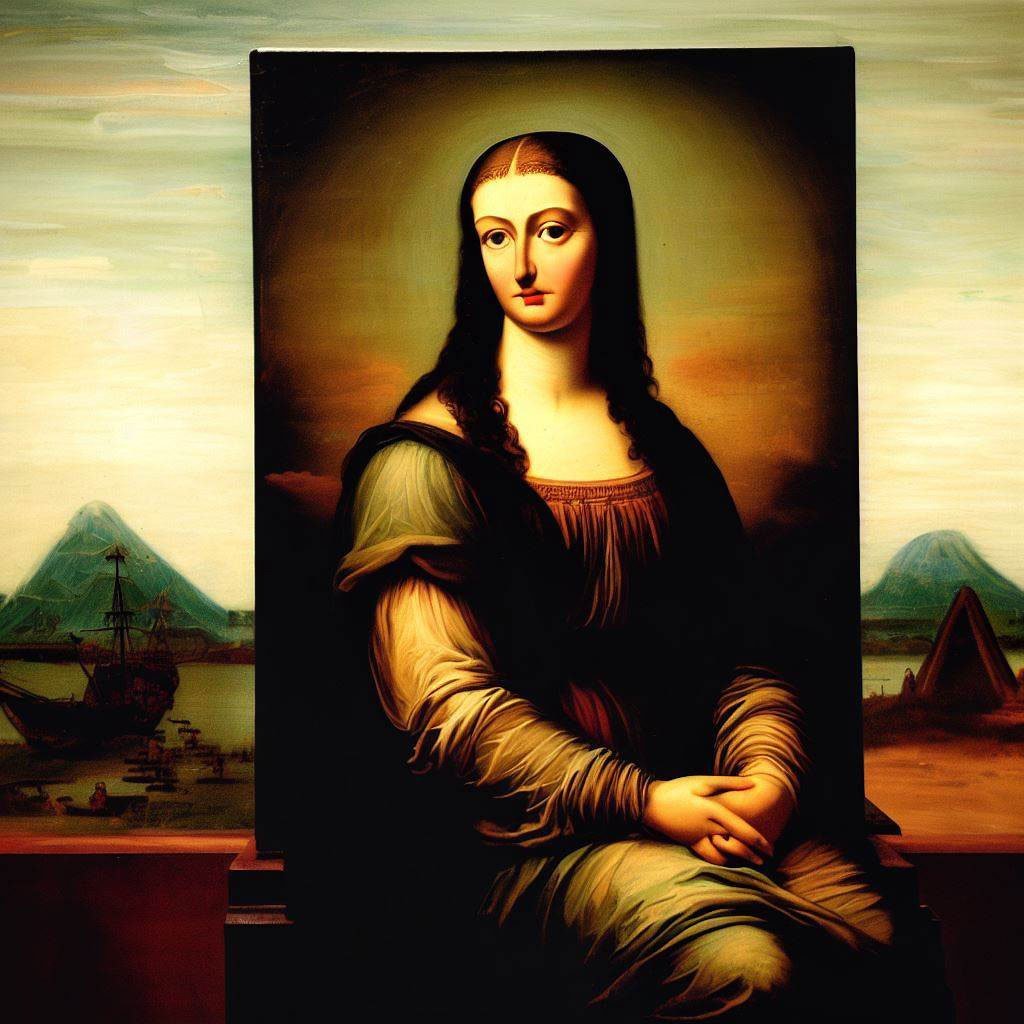
One of the most iconic masterpieces of the Renaissance is Leonardo da Vinci’s enigmatic painting, the Mona Lisa. This portrait of a woman with an elusive smile has captivated art enthusiasts for centuries. The mastery of da Vinci’s sfumato technique, which created a soft, blurred effect, combined with his attention to detail, made the Mona Lisa an unrivaled work of art.
The Sistine Chapel – Michelangelo’s Magnum Opus
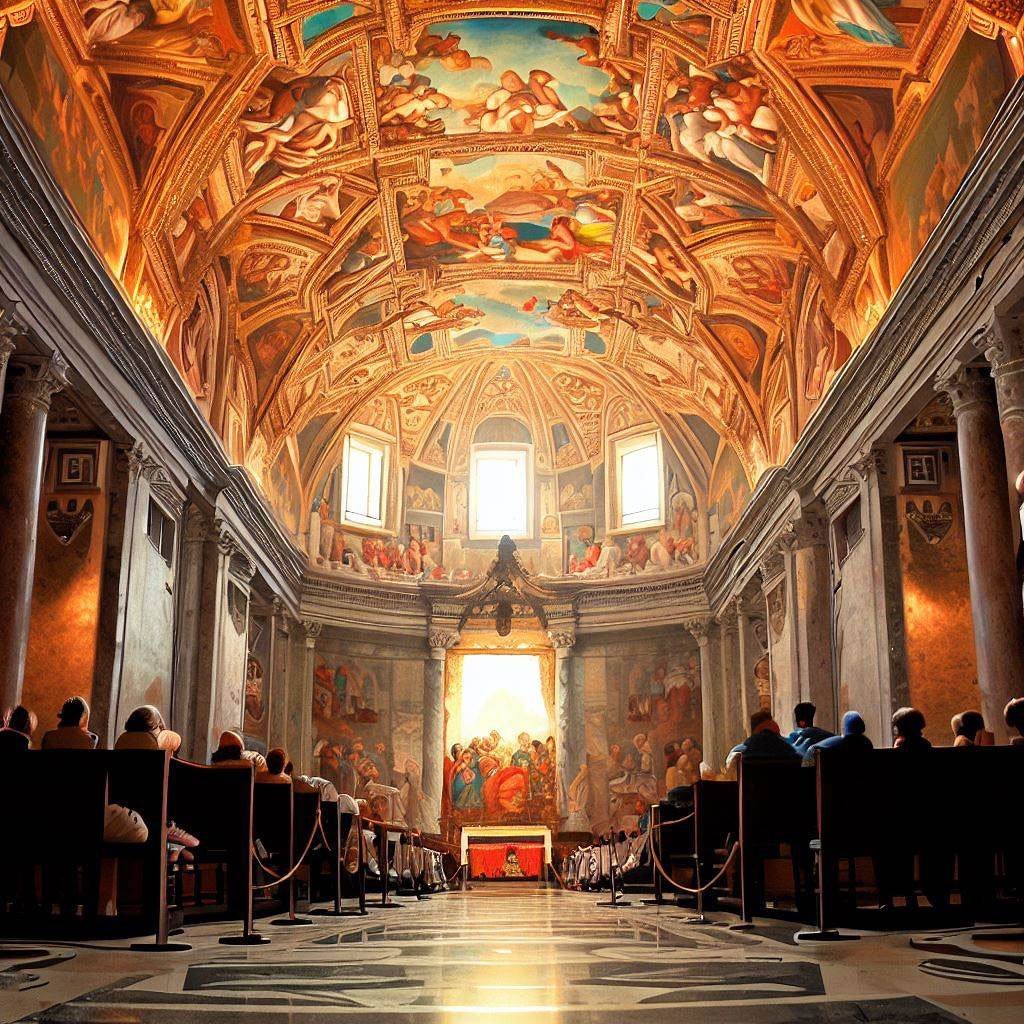
Michelangelo’s awe-inspiring frescoes on the ceiling of the Sistine Chapel in Vatican City are a testament to the Renaissance’s artistic excellence. The intricate scenes from Genesis, including the creation of Adam, showcase the artist’s exceptional skill and dedication. These frescoes are a timeless representation of the harmony between divine and human, illustrating the immense potential of mankind.
Legacy of the Renaissance in Modern Art
The impact of the Renaissance on art cannot be overstated. It marked the beginning of a new era, influencing subsequent art movements and styles. Elements of Renaissance art can be seen in various artistic expressions, from the Baroque period to Neoclassicism and beyond. The emphasis on realistic representation and the exploration of human emotions continue to inspire artists to this day.
Embracing the Timeless Renaissance
The Renaissance was an extraordinary period that celebrated the essence of humanity and left an indelible mark on the world of art. It was a time of profound transformation, where artists redefined the boundaries of creativity and expression. From the breathtaking beauty of the Mona Lisa to the majestic Sistine Chapel, the Renaissance stands as a testament to the human spirit’s boundless potential and remains an everlasting source of inspiration for generations of artists and art enthusiasts alike.


